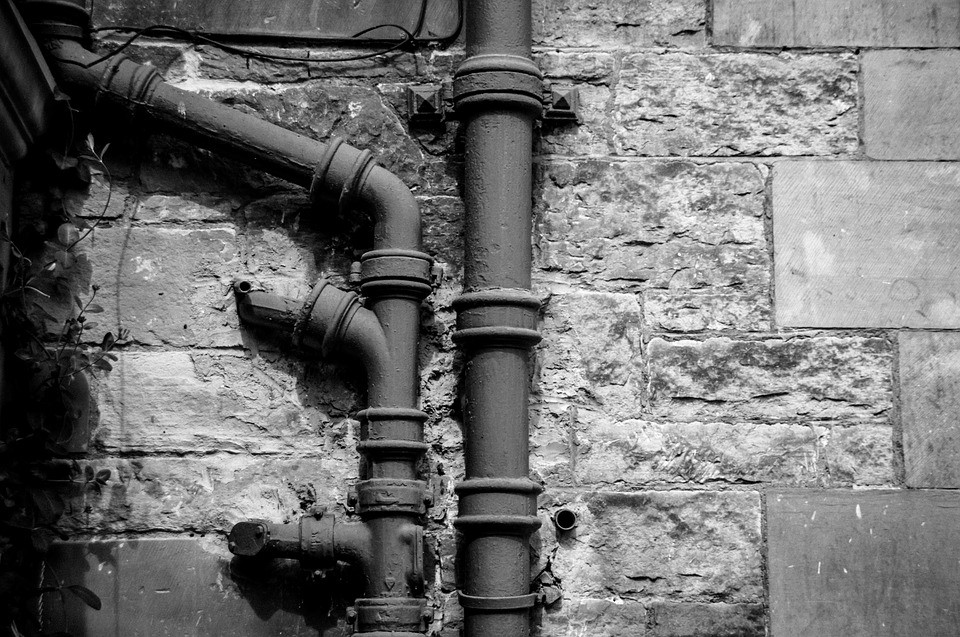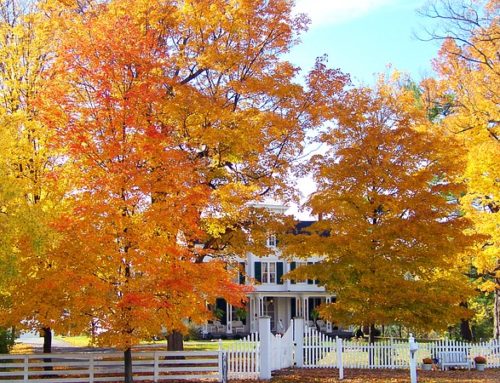Follow these Home Safety Maintenance Tips to Ensure Your Family’s Safety
by Paul Denikin

Photo: Pixabay
It is said that “Procrastination is the thief of time.” When life moves fast and responsibilities are endless, it is easy to neglect the necessary safety maintenance of your home until it becomes a problem. Procrastinating on simple maintenance can certainly rob you of precious time and money as well as create unsafe living conditions. As autumn and winter set in, you want to keep in mind some home safety maintenance tips to keep your place in tip top shape.
The Air You Breathe
CO Detectors
We all protect our homes through common security measures like alarms and locking doors, but we often neglect the “invisible killer” carbon monoxide, which is odorless poisonous gas responsible, according to Forbes magazine, for making 20,000 to 30,000 people sick a year and killing about 500.
As Science Daily reports the importance of CO alarms in residences is very important according to a study by the Journal of the American Medical Association, which showed that the poisonous gas could easily penetrate gypsum wallboard (drywall) commonly used in apartments and houses.
According to the Do It Yourself Network, to check your carbon monoxide detector:
- Make sure it is installed properly, in every floor and at least 10 feet away from CO sources
- Press Test button to ensure the detector is drawing electrical power
- Use a low level of CO to test digital readout, such as a lit cigarette or incense wand and move it around eight inches from detector. Watch the digital display for changes to make sure it identifies CO presence.
Smoke Alarms
According to FEMA residential building fires increase in the months of January, February, and March. In the years of 2010-2012 they caused approximately 890 deaths and smoke alarms were not present in 22 percent of non-confined winter fires in occupied residential buildings. All of this translates to: people are more likely to face house fires in winter and working smoke alarms can save lives and prevent damage.
The National Fire Protection Association recommends to check your smoke alarm once a month and replace it every ten years.
- Press the test button to ensure the alarm is working
- Replace batteries when needed, or about every 6 months.
- Use smoke, from a blown out candle, for example, to test the alarm
Maintaining smoke and CO alarms is an important part of home safety and a way to ensure your family’s safety this winter.
The Pipes Need You
When water freezes it expands and if that water happens to be in your pipe, then that presents an obvious problem to you and your house. You can avoid this and any potential flooding and damage by lending a bit of attention. According to The Spruce:
- Insulate pipes that might present a problem with foam insulation. This is important on those that run through unheated spaces.
- Open cabinet doors occasionally to allow heated air to reach pipes inside cabinets
- During coldest time of day and night, consider leaving the faucet slightly dripping. This keeps water running in the pipe.
- Install heaters in unheated areas
Heating Your House
As the cold weather really sets in, you want to prepare your fireplaces and heaters to get ready for winter. Clean and check for damage in your fireplace. If you have portable heaters make sure to check they are working properly and they are never left unattended.
Your furnace is most likely the primary source of heat in the winter. According to Family Handyman a few major things on your checklist for this should include:
- Check the air filters. A clogged air filter can cause damage to your furnace and raise your bill.
- Check power. Make sure to turn it on for your furnace and humidifier, if you have one.
- Check and set the thermostat. Turn down the temperature when you are not home to save energy.
Ignoring seasonal changes and putting off simple preventative measures indoors and outdoors, can be a health hazard and cost you thousands of dollars in painful and tedious repairs. Not only that, but this carelessness is surely to be a thief of your time, as you have to work harder to solve problems that could have been prevented. Keep in mind these home safety maintenance tips.
Thanks to guest blogger Paul Denikin for these valuable tips. Check out DAD knows DIY for more of his expertise.


Leave A Comment